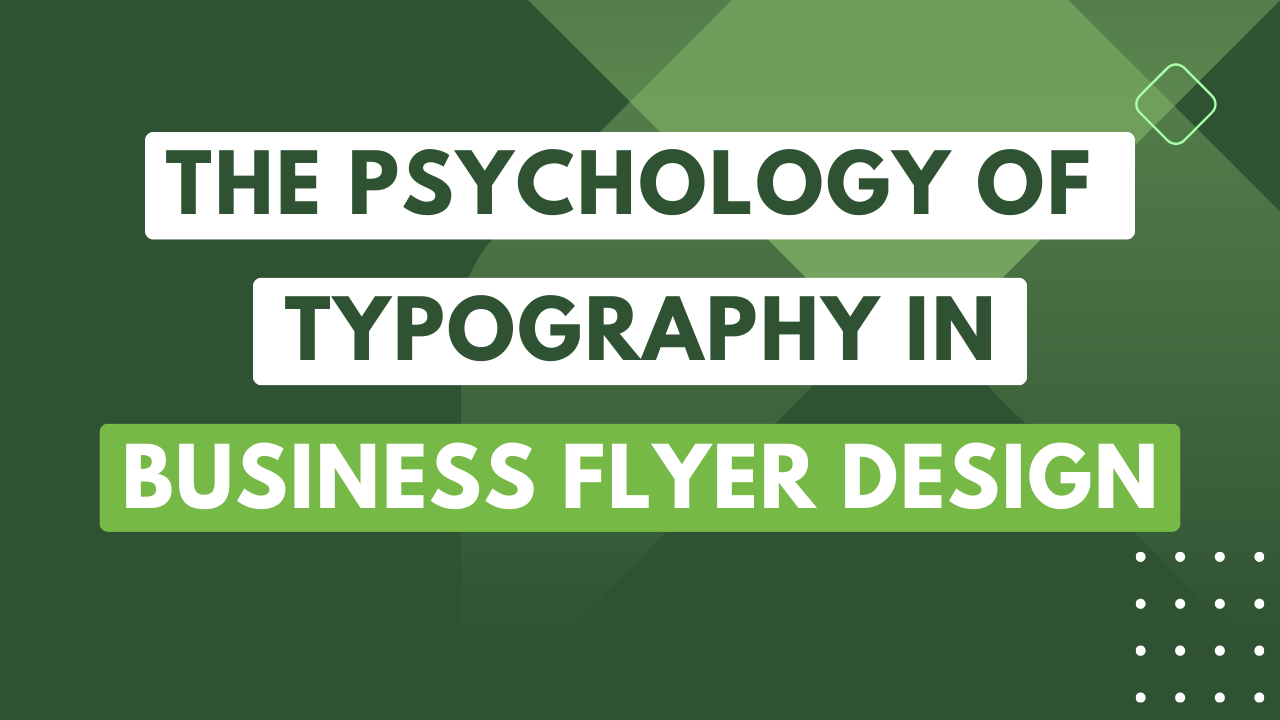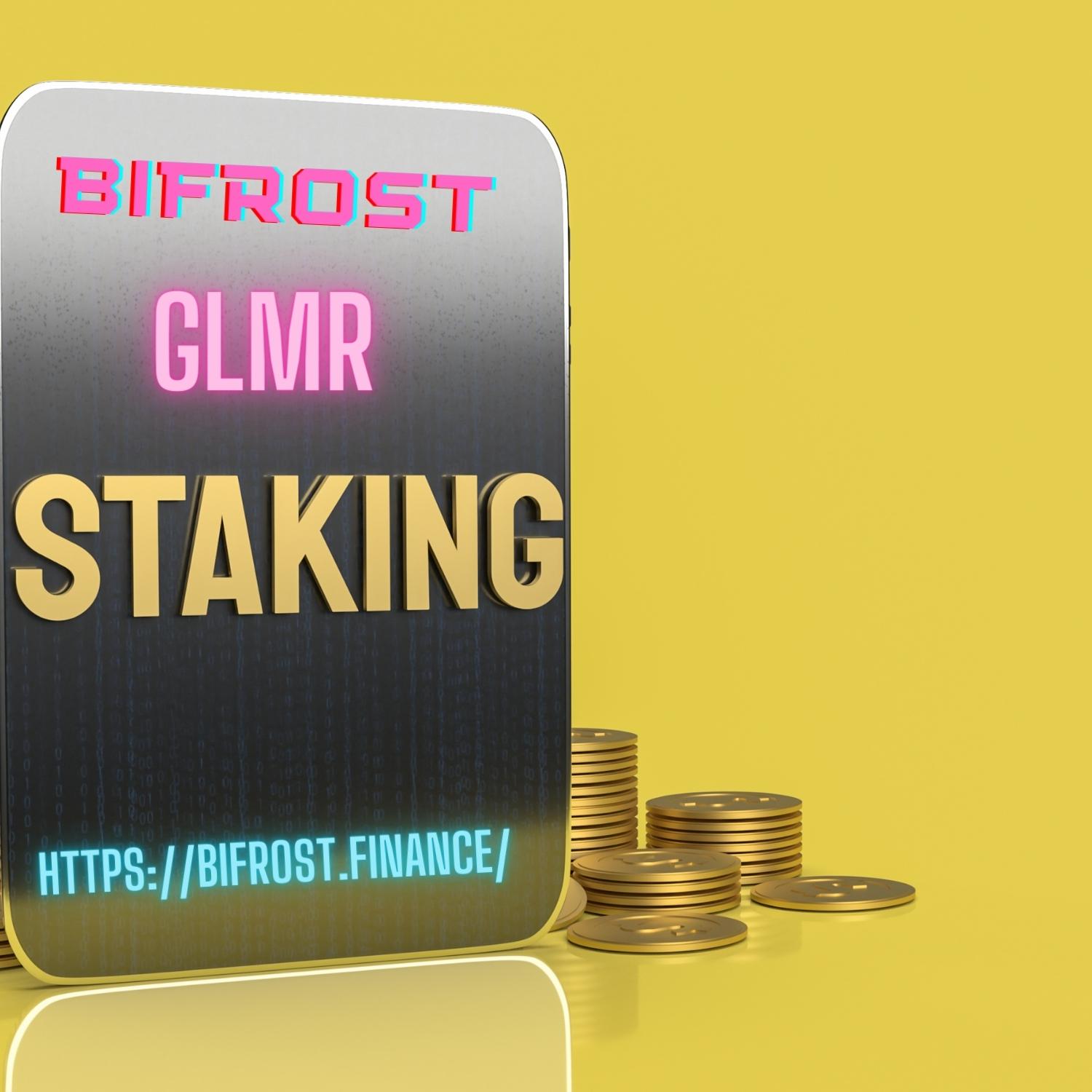In today’s fast-paced world, businesses are constantly looking for innovative ways to grab the attention of their target audience. One of the most effective ways to achieve this is through the use of business flyers. But have you ever wondered why some flyers seem to stand out more than others? The secret often lies in the psychology of typography.
Typography, the art of arranging type to make written language legible and visually appealing, plays a significant role in business flyer design. Business flyer templates can be very useful in creating flyers with impacting typography. In this article, we’ll explore the intricate connection between typography and human psychology, and how understanding this relationship can help you create more impactful and effective business flyers.
The Power of Typography: Beyond Aesthetics
Typography goes beyond mere aesthetics. It’s a powerful tool that can influence emotions, perceptions, and decisions. When applied correctly, it can elevate a simple flyer into a compelling piece of marketing collateral.
1. Font Selection
The choice of fonts in your business flyer design can greatly impact the way your message is received. For instance, a bold and modern font exudes confidence and authority, while a whimsical, handwritten font can evoke a sense of creativity and playfulness. Understanding your target audience is key in selecting the appropriate font for your message.
2. Font Size
The size of your text can draw immediate attention to crucial information. For important details, such as event dates or discounts, a larger font size emphasizes their significance. On the other hand, smaller font sizes can be used for supplementary information.
3. Color Psychology
Color is an integral part of typography. Each color has unique psychological associations. For example, red can signify urgency and passion, while blue often conveys trust and reliability. Utilizing colors that align with your brand and the message you want to convey is essential in connecting with your audience on a deeper level.
The Impact on Perceptions
Typography also influences how your business is perceived by potential customers. It can shape their opinions and impact their trust in your brand.
4. Consistency
Consistency in typography across all marketing materials creates a sense of professionalism and reliability. It reinforces your brand’s identity and makes it more memorable. Consistency in font, size, and color is key to building a strong brand image.
5. Clarity
Clear and legible typography ensures that your message is easily understood. If your audience struggles to read your flyer, they’re likely to move on, resulting in missed opportunities. Crisp and straightforward typography is essential for effective communication.
Navigating the Emotional Landscape
Emotions are a powerful driving force behind consumer behavior. Typography can be used to evoke specific emotional responses in your audience.
6. Emotional Appeal
The right combination of fonts, sizes, and colors can evoke emotions that resonate with your target audience. For example, a charity organization might use warm, inviting fonts and colors to inspire feelings of compassion and support.
7. Credibility
Typography can also convey the credibility of your business. A professional, well-structured flyer with thoughtfully chosen typography suggests competence and trustworthiness, which are vital for establishing a positive brand image.
Encouraging Action
Ultimately, the goal of a business flyer is to prompt action, whether it’s making a purchase, attending an event, or visiting a website. Typography can be your strongest ally in achieving this.
8. Call to Action
A compelling call to action, highlighted through typography, is a critical element of any successful flyer. Whether it’s “Buy Now,” “Register Today,” or “Learn More,” the right font, size, and color can make your call to action impossible to ignore.
9. Readability
The readability of your flyer, determined by typography, is fundamental. If your audience can’t quickly and easily understand your message, they won’t take the desired action. Ensure that your typography enhances the flyer’s readability.
Conclusion
In the realm of business flyer design, understanding the psychology of typography is a powerful tool that can set you apart from the competition. Effective typography choices can influence emotions, perceptions, and decisions, leading to higher engagement and conversions.
As you embark on your next flyer design project, remember that typography is not just about style; it’s about connecting with your audience on a deeper level. By leveraging the psychology of typography, you can create business flyers that leave a lasting impression and drive results.





